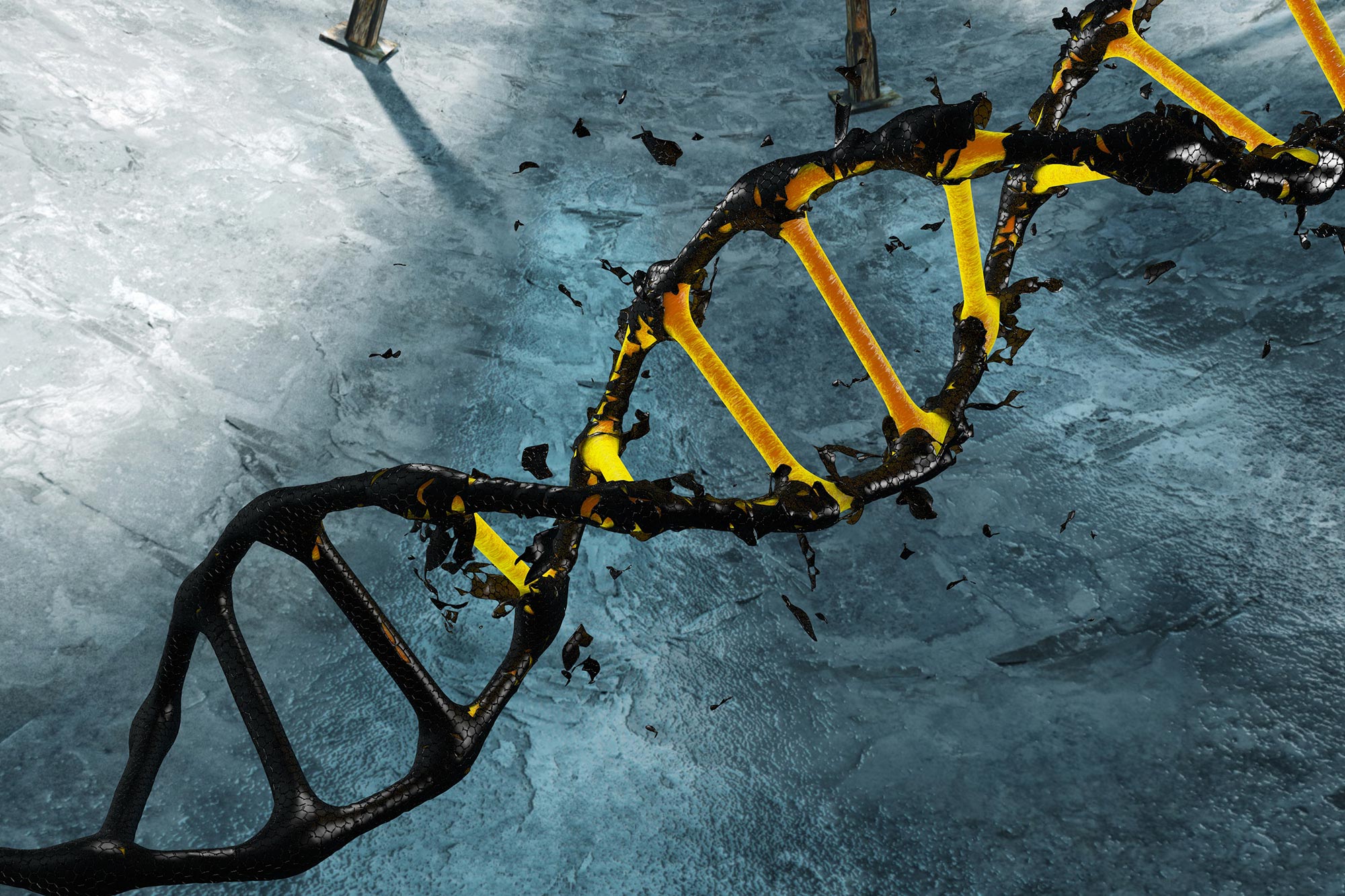RNA The folding may explain why it became so difficult to stop the coronavirus after it passed from wildlife to humans.
We know the coronavirus is behind the COVID-19 The crisis lived harmlessly in bats and other wildlife before jumping the species barrier and spreading to humans.
Now Duke University researchers have identified a series of “silent” mutations in the virus’ roughly 30,000 letters of genetic code that helped it thrive after the jump – and possibly helped create the conditions for the global pandemic . The subtle changes concerned how the virus folded its RNA molecules in human cells.
For the study, published October 16, 2020 in the journal PeerJ, researchers used statistical methods to identify adaptive changes that occurred in the journal PeerJ SARS-CoV-2 Genome in humans, but not in closely related coronaviruses found in bats and pangolins.
“We’re trying to find out what made this virus so unique,” said lead author Alejandro Berrio, a postdoctoral fellow in the laboratory of biologist Greg Wray at Duke.
Previous research has shown positive selection fingerprints within a gene that codes for the “spike” proteins that cover the surface of the coronavirus and play a key role in its ability to infect new cells.
The new study also flagged mutations that altered the spike proteins, suggesting that strains of the virus carrying these mutations are more likely to thrive. With their approach, study authors Berrio, Wray, and Duke Ph.D. Student Valerie Gartner also identified additional culprits that were not discovered in previous studies.
The researchers report that so-called silent mutations in two other regions of the SARS-CoV-2 genome, called Nsp4 and Nsp16, gave the virus a biological advantage over previous strains without changing the proteins they encode.
Rather than affecting proteins, Berrio said, the changes likely affected how the virus’ genetic material – which is made up of RNA – folds into 3D shapes and functions in human cells.
What these changes in RNA structure might have done to differentiate the SARS-CoV-2 virus from other coronaviruses in humans is still unknown, Berrio said. But they may have contributed to the virus’s ability to spread before people even knew they had it – a crucial difference that made the current situation so much more difficult to control than the 2003 SARS coronavirus outbreak.
The research could lead to new molecular targets for the treatment or prevention of COVID-19, Berrio said.
“Nsp4 and Nsp16 are among the first RNA molecules to be produced when the virus infects a new person,” said Berrio. “The spike protein is only expressed later. So they could make a better therapeutic target as they occur earlier in the viral life cycle. “
In general, the scientists hope that by identifying the genetic changes that have allowed the new coronavirus to thrive in human hosts, they will be better able to predict future outbreaks of zoonotic diseases before they occur.
“Viruses are constantly mutating and evolving,” said Berrio. “It is therefore possible that a new coronavirus strain will be added that can infect other animals and that can also spread to humans, as SARS-CoV-2 did. We have to recognize it and be able to try to contain it early on. “
Reference: “Positive selection within the genome of SARS-CoV-2 and other coronaviruses regardless of the effect on protein function” by Alejandro Berrio1, Valerie Gartner and Gregory A. Wray, October 16, 2020, PeerJ.
DOI: 10.7717 / peerj.10234



